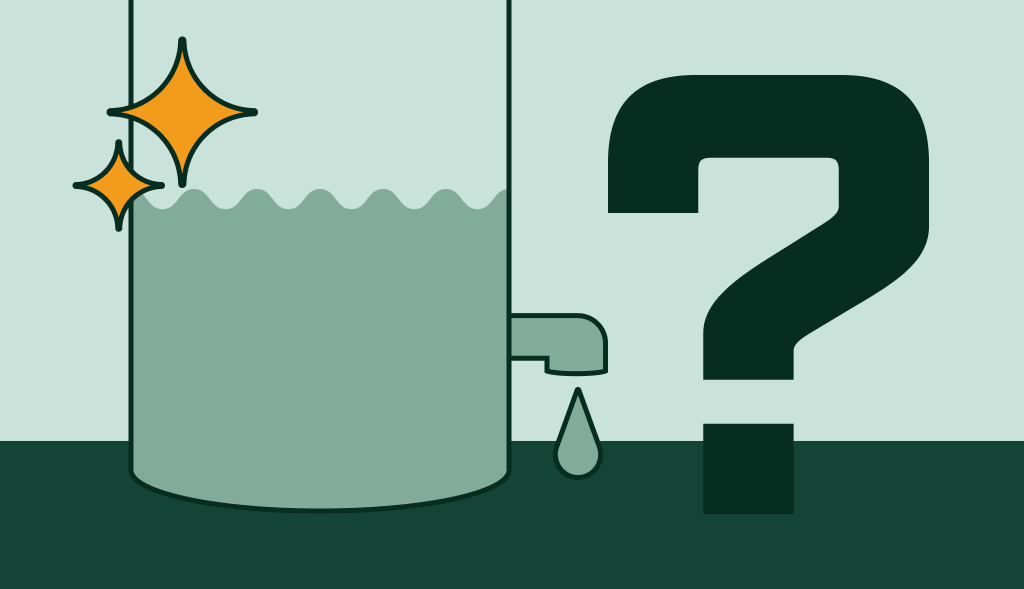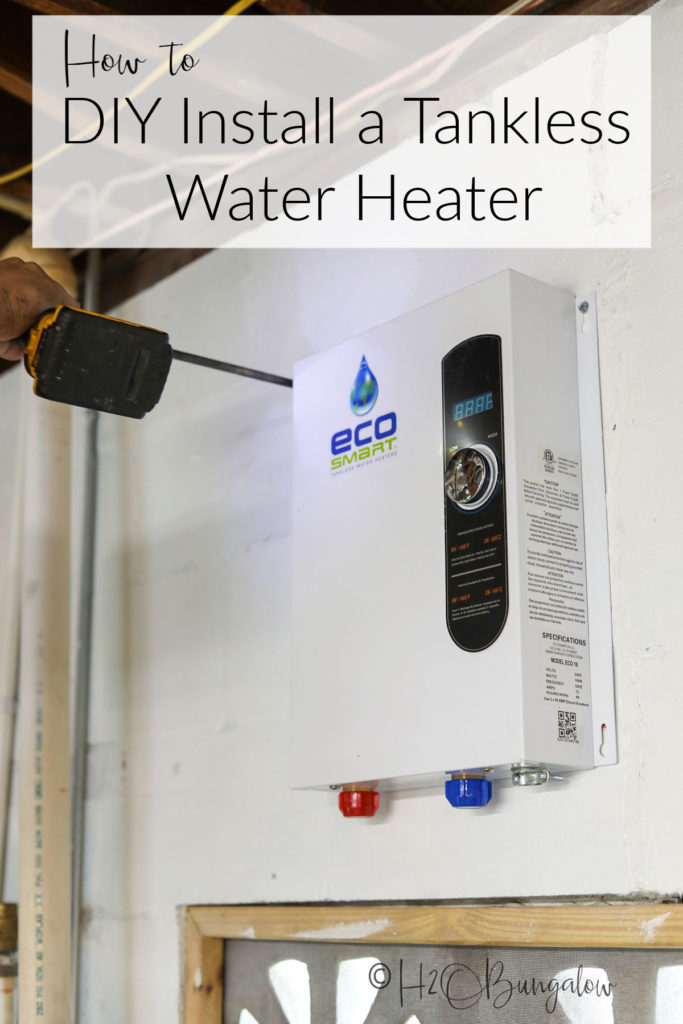Do It Yourself Hot Water Heater Installation: Crucial Actions for Success
When taking into consideration a Do it yourself water heater installation, it is crucial to approach the job with a methodical way of thinking, as the procedure involves a number of essential steps that can dramatically affect both safety and security and performance. Picking the proper water heating system for your certain requirements is just the start; preparing the installment location and understanding the needed devices and products are similarly vital.
Selecting the Right Water Heating Unit
When selecting a water heater, it is necessary to think about numerous essential factors to guarantee ideal efficiency and effectiveness - water heater installation. Review the type of water heating unit that finest suits your demands. Alternatives include tankless, storage space tank, and warmth pump hot water heater, each offering unique advantages in terms of energy performance and area demands
Following, assess the capability needed for your family. A bigger family members may need an unit with a better gallon capability or a tankless system that can offer continual warm water. It's also essential to think about the power resource; usual choices consist of electric, gas, and propane. Each power kind has ramifications for setup prices and lasting power expenses.
Power efficiency is another important element. By very carefully reviewing these variables, you can select a water heating system that straightens with your family's certain requirements, guaranteeing comfort and effectiveness for years to come.
Tools and Products Needed
Efficiently mounting a water heating system requires not only the best choice of system yet likewise the ideal tools and products. Prior to embarking on your do it yourself project, guarantee you have a comprehensive list of things to facilitate a smooth setup process.
Crucial devices include a pipeline wrench, flexible pliers, and a screwdriver set (both flathead and Phillips), which will assist you manage different fittings and connections. Additionally, a drill with proper bits is necessary for placing braces or making any type of called for holes. For safety and security, a voltage tester is essential, especially when handling electrical hot water heater.
When it comes to products, obtain Teflon tape to make certain watertight connections on threaded fittings. You will certainly also need a versatile water supply line, which can be either knotted stainless-steel or PVC, depending on your preferences and local codes. Don't forget to stockpile on fittings, such as elbows and couplings, to link the pipes firmly. Finally, a frying pan or drip tray can assist manage any kind of potential leaks, offering an added layer of safety and security. By gathering these devices and products beforehand, you set the phase for an effective hot water heater setup.
Getting Ready For Setup
Prior to beginning the setup of your hot water heater, it is critical to examine the setup website to ensure it satisfies all required demands. Beginning by verifying that the location is well-ventilated, particularly for gas hot water heater, to avoid the build-up of unsafe gases. Look for the availability of essential links, consisting of water supply lines and electric outlets, ensuring they remain in great condition and properly located.

This positive approach not only makes sure compliance with neighborhood building codes however also enhances the durability and efficiency of the water heating system. Correct preparation establishes the stage for a smooth installation process and helps protect against unforeseen problems.
Step-by-Step Installment Process
With the preparation full and all required evaluations carried out, the following phase entails the detailed installation of your water heating system. For tank-type water heating units, attach the cool water supply line to the inlet, commonly marked in blue, and the hot water line to the electrical outlet, generally assigned in red.
Next, secure the temperature go to my blog level and stress relief shutoff, read this which is important for safety. Connect the discharge pipe to this valve, guiding it towards the flooring or an ideal drain area. For electric versions, attach the power supply by stripping the cables and safeguarding them to the heating unit's terminals according to the manufacturer's directions.
If you are installing a gas hot water heater, guarantee the gas line is connected properly and look for leakages utilizing a soap solution. Besides links are made, fill up the tank with water prior to turning on the power or gas supply. Allow the water heating system to reach the desired temperature and check for any type of leakages around all links.
Ensuring Security and Effectiveness
Frequently ensuring safety and security and effectiveness during the installation and operation of your water heater is critical for ideal efficiency and long life. Begin by choosing an ideal place that follows local building codes and supplies sufficient air flow. Guarantee that the area is totally free from combustible materials and has enough room for upkeep and examinations.

After installment, conduct normal examine the device to discover leaks, corrosion, or unusual sounds. Establish the thermostat to a secure temperature level, usually around 120 ° F, to avoid hot and enhance energy effectiveness. Shield pipes to lower heat loss, which adds to lower power costs.
Verdict
In final thought, successful DIY water heating unit installation hinges on mindful preparation and implementation. Choosing the proper water heating system, preparing the setup area, and adhering to an organized setup procedure are critical actions.
When considering a Do it yourself water heating system installment, learn the facts here now it is necessary to approach the task with a methodical frame of mind, as the process entails numerous vital steps that can dramatically influence both safety and performance.Prior to beginning the setup of your water heating system, it is essential to examine the setup website to ensure it satisfies all necessary demands. For tank-type water heating units, connect the chilly water supply line to the inlet, generally marked in blue, and the hot water line to the outlet, usually assigned in red.Routinely making certain security and performance during the setup and procedure of your water heating unit is important for optimal efficiency and long life. Selecting the appropriate water heating unit, preparing the installation area, and complying with a systematic installment procedure are vital actions.